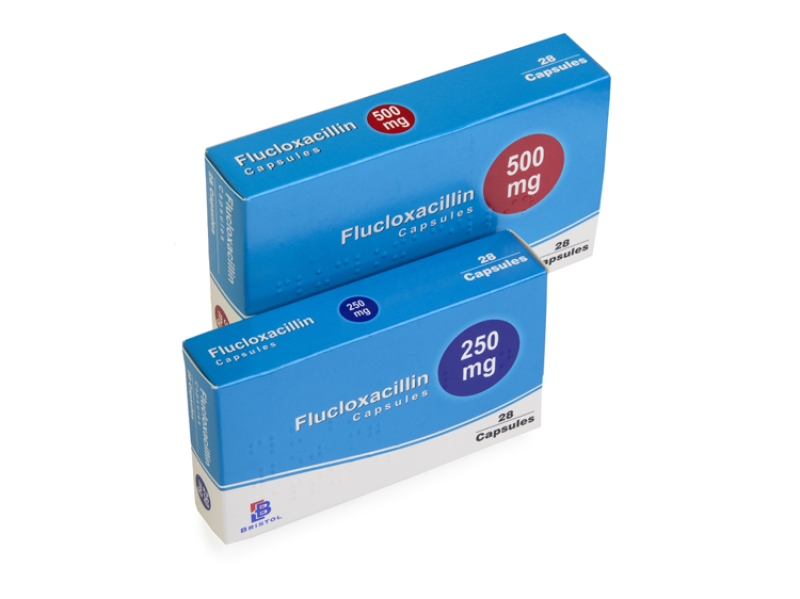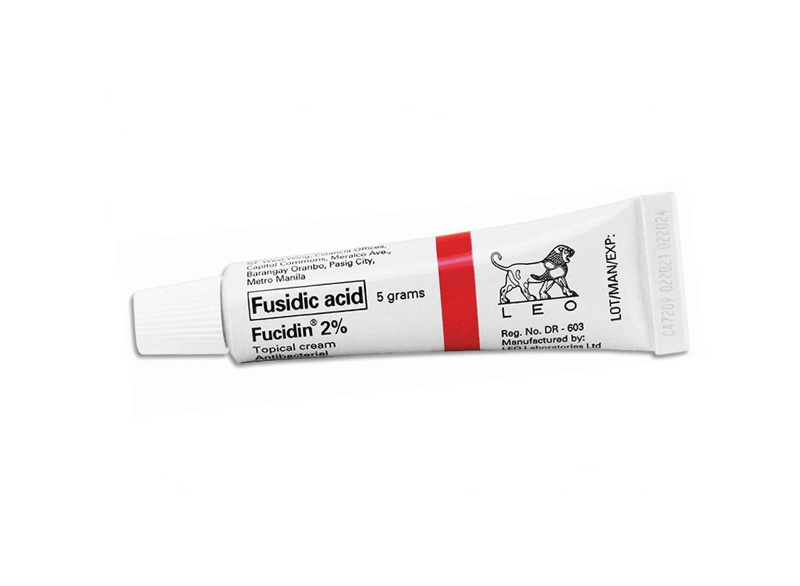How to Order ? Simple.
-

1.
Select Treatment
Choose from our treatment options or speak to the in-store pharmacist for advice
-

2.
Complete Medical Questionnaire
Complete our free online medical consultation to be reviewed by our Clinical Team
-

3.
Collect Medication from Local Pharmacy
We will notify you when your medication is ready for collection
Advice for Burns
Burns are injuries caused by exposure to heat, chemicals, electricity, or radiation that result in damage to the skin and underlying tissues. The severity of burns varies depending on the depth and extent of tissue involvement. First-degree burns affect only the outermost layer of the skin (epidermis), causing redness, pain, and mild swelling. Second-degree burns penetrate deeper into the dermis, leading to blistering, intense pain, and swelling. Third-degree burns are the most severe, destroying all layers of the skin and sometimes affecting underlying tissues such as muscles or bones. These burns may appear white, blackened, or leathery, and often result in loss of sensation due to nerve damage. The causes of burns include hot liquids, flames, chemicals, electrical currents, and radiation. Immediate treatment involves cooling the area with lukewarm water, covering the burn with sterile dressings, managing pain, and preventing infection. Severe burns typically require hospitalization, specialized wound care, or surgical procedures such as skin grafting to facilitate healing and restore function.
Infected skin refers to skin that has developed an infection due to bacteria, fungi, or viruses invading the skin tissue. These infections often occur as a complication of cuts, wounds, or skin conditions that have not been properly managed. Bacterial infections like cellulitis or impetigo cause redness, warmth, swelling, tenderness, and sometimes pus or crusted lesions. Fungal infections, such as ringworm or candidiasis, lead to itchy rashes, redness, and scaling. Viral infections, including herpes simplex or shingles, produce painful blisters and characteristic skin eruptions. When skin becomes infected, symptoms generally worsen over time, with increased pain, swelling, and sometimes systemic signs like fever. Treatment involves thorough cleaning of the affected area and the use of appropriate antibiotics, antifungal medications, or antivirals as prescribed by a healthcare provider. In some cases, abscesses may need to be drained to promote healing. Good hygiene practices and early medical intervention are crucial to prevent the infection from spreading or causing further complications.
Burns and infected skin each have distinct symptoms that reflect their underlying damage or infection.
Symptoms of burns depend on their severity. First-degree burns typically cause redness, pain, and mild swelling, resembling a sunburn. Second-degree burns are characterized by the appearance of blistering, intense pain, swelling, and redness. In more severe third-degree burns, the skin may appear white, charred, or leathery, and there may be little or no pain due to nerve damage. These burns can extend into underlying tissues, and the affected area may feel numb or insensate. In addition to local symptoms, severe burns can lead to systemic responses like shock, dehydration, and infection if not managed promptly.
Symptoms of infected skin vary depending on the type of infection and its extent. Common signs include redness, warmth, and swelling in the affected area, along with tenderness or pain. Discharge such as pus or crusted scabs may be present, indicating bacterial infection. The skin may appear crusted, blistered, or broken, with increased inflammation over time. In some cases, the infection can cause symptoms beyond the skin, such as fever, chills, fatigue, or general malaise, especially if the infection spreads. If untreated, bacterial infections can develop into deeper tissue infections like cellulitis, leading to more serious health issues.
Both burns and infected skin require prompt recognition and treatment to prevent complications and promote healing.
Causes of burns include exposure to extreme heat from flames, hot liquids, or steam, which directly injures the skin. Chemical burns result from contact with corrosive substances such as acids or alkalis that damage tissue upon contact. Electrical burns occur when electric current passes through the body, causing tissue injury along the path of the current. Radiation burns can result from prolonged exposure to ultraviolet (UV) rays from the sun or other sources, leading to damage of the skin’s cells.
Causes of infected skin often involve bacterial, fungal, or viral agents invading the skin, usually after an injury or due to poor hygiene. Bacterial infections such as cellulitis or impetigo are commonly caused by bacteria like *Staphylococcus* or *Streptococcus*, entering through cuts, wounds, or broken skin. Fungal infections, including ringworm or candidiasis, occur when fungi invade the skin, often in warm, moist areas. Viral infections such as herpes simplex or shingles happen when viruses lie dormant or reactivate in nerve tissues and cause skin lesions or blisters. These infections can develop secondary to skin injuries, compromised immune systems, or poor hygiene, leading to inflammation and tissue damage.




